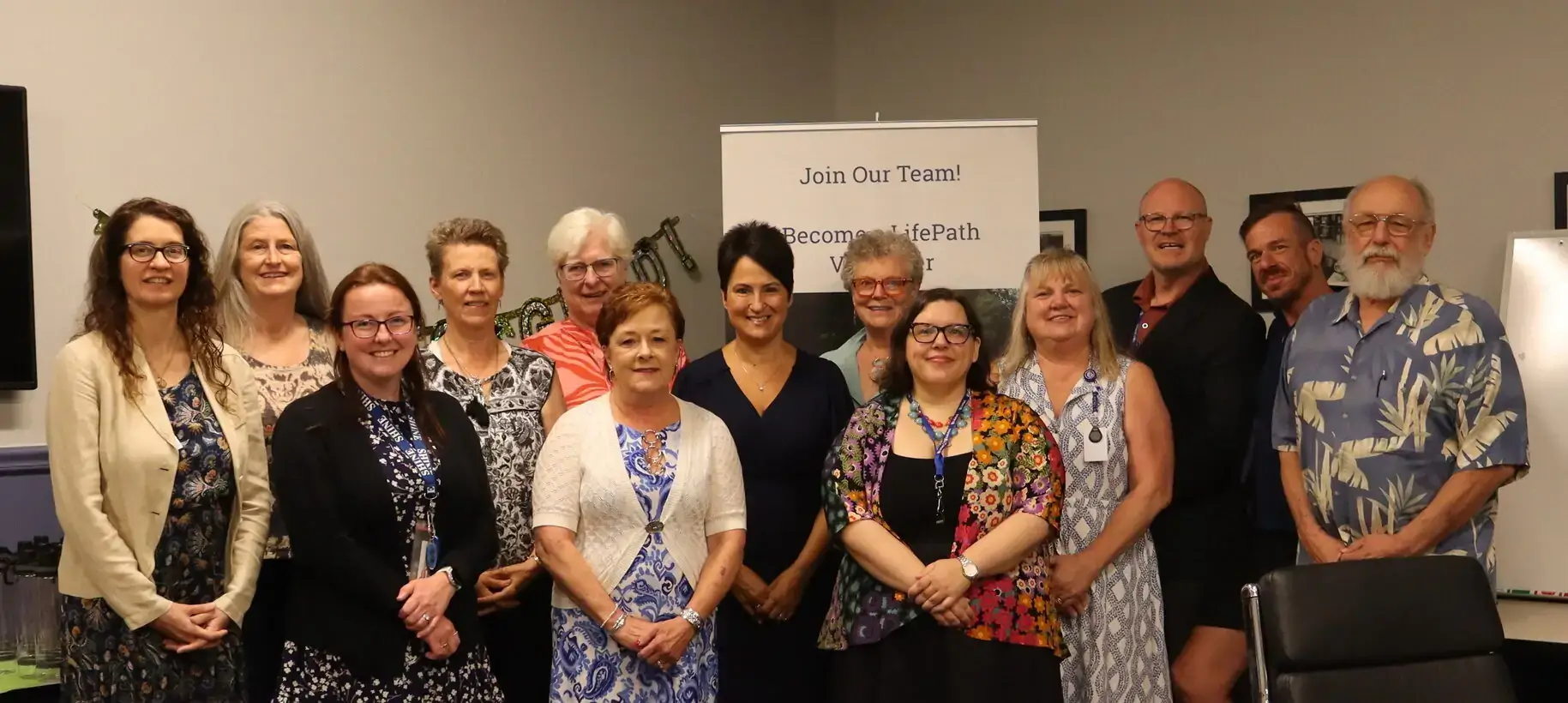June is Elder Abuse Awareness Month and June 15 is World Elder Abuse Awareness Day, a day recognized to highlight awareness of elder abuse. As I reflect upon this upcoming World Elder Abuse Awareness Day, I wish to discuss emotional abuse, a type of abuse that is often underreported. Unlike physical abuse or financial exploitation, emotional abuse is often not criminal and has no physical evidence. There are no broken bones, bruises, or an emptied bank account. It is invisible. Oftentimes, people do not know it is occurring unless they witness it firsthand. It may seem that emotional abuse is not as serious as physical abuse or other types of abuse, but the impacts can be just as permanent and debilitating.
Emotional abuse is creating emotional pain, anguish, or distress through threats, intimidation, and humiliation. Emotional abuse manifests itself in many ways both verbal and nonverbal. Some examples of verbal abuse are yelling and screaming, belittling, talking down to an older adult, intimidating, name calling, blaming, and embarrassing an older adult in front of others.
Some examples of nonverbal emotional abuse include not talking to an older adult, taking away needed assistive devices, isolating, ignoring, limiting access to basic necessities, and keeping grandchildren or other loved ones away.
Some examples of nonverbal emotional abuse include not talking to an older adult, taking away needed assistive devices, isolating, ignoring, limiting access to basic necessities, and keeping grandchildren or other loved ones away.
When we think of emotional abuse, it is important to understand how the behavior affects the older adult. We know some couples or families who communicate loudly or by screaming and yelling at each other. If the older adult is a participant, able to self protect and not impacted in a significant way, then it would not be considered emotional abuse. However, if the older adult is impaired, unable to self protect, and experiences impact, then it would be considered emotional abuse.
Emotional abuse is often under-reported for many reasons. The older adult may be unable to report the abuse due to dementia, speech and memory problems, or confusion. An older adult may feel embarrassment at being vulnerable or unable to self protect. Many times the abuser is a family member and the older adult may be protective, not wanting to get their son, daughter, or spouse into trouble. They may fear retaliation or that the abuse will get worse. Sometimes when an older adult is dependent upon others for care, they may tolerate the abuse if the alternative is a nursing home. Isolation—either by the abuser or where an older adult lives—can also be a huge barrier.
Since emotional abuse tends to be “invisible” and often the impacts are not obvious, it is important to be aware of the signs. So, what should we be looking for? Be aware of sudden changes in mood; suicidal expressions; becoming withdrawn; expressions of hopelessness; evasiveness; self harming; changes in eating; sleep pattern changes; increased depression; cowering; hypervigilance; avoiding eye contact; changes in cognitive status; and reduced emotional, medical, or physical well-being.
Rarely do we see emotional abuse without other types of abuse. Many times, there are other forms of abuse also present. Often emotional abuse is seen alongside physical and sexual abuse, self neglect, neglect, and financial exploitation. Therefore, it is important to not only be aware of the direct signs of emotional abuse mentioned above, but the more indirect signs that are associated with other forms of abuse. An older adult who has poor hygiene, has unexplained bruises or injuries, has an unkept home, lacks basic necessities they should be able to afford, or has untreated medical conditions, will often be experiencing emotional abuse.
Who are the majority of people who are responsible for emotional abuse on an older adult? Caregivers and family, particularly spouses and adult children. Abusers will often share similar characteristics such as alcohol and drug use, mental illness, stress, aggressive behavior, and narcissism. Some abusers may not even recognize their actions are abusive or are affecting the older adult.
What can be done? Risk of abuse cannot be eliminated; however, there are things that can lower the risk and mitigate its effects. Staying involved with community organizations or groups can lessen isolation and give more opportunities to reach out for help, as can being aware of people in an older adult’s life and talking to an older adult about their interactions. Put succinctly: Stay Active, Stay in Touch, Check In, and Avoid Isolation.
If you are a caregiver, be sure to take care of yourself and give yourself respite when you are feeling overwhelmed and stressed. If you recognize any of your own behaviors that may be abusive, seek counseling. A Call For Help at 877-898-3411 or Massachusetts Behavioral Health Helpline at 833-773-2445 are both good resources for those who want to change their interactions by talking about their behaviors and how they can change. The only lasting way to avoid abuse is for the abuser to change. Regardless of stress level or “triggers,” change is the abuser’s responsibility and not that of the older adult.
If you or someone you know is the victim of emotional abuse or other forms of abuse, you can file a report by calling the Elder Abuse Hotline at 800-922-2275 or online at Mass.gov.





